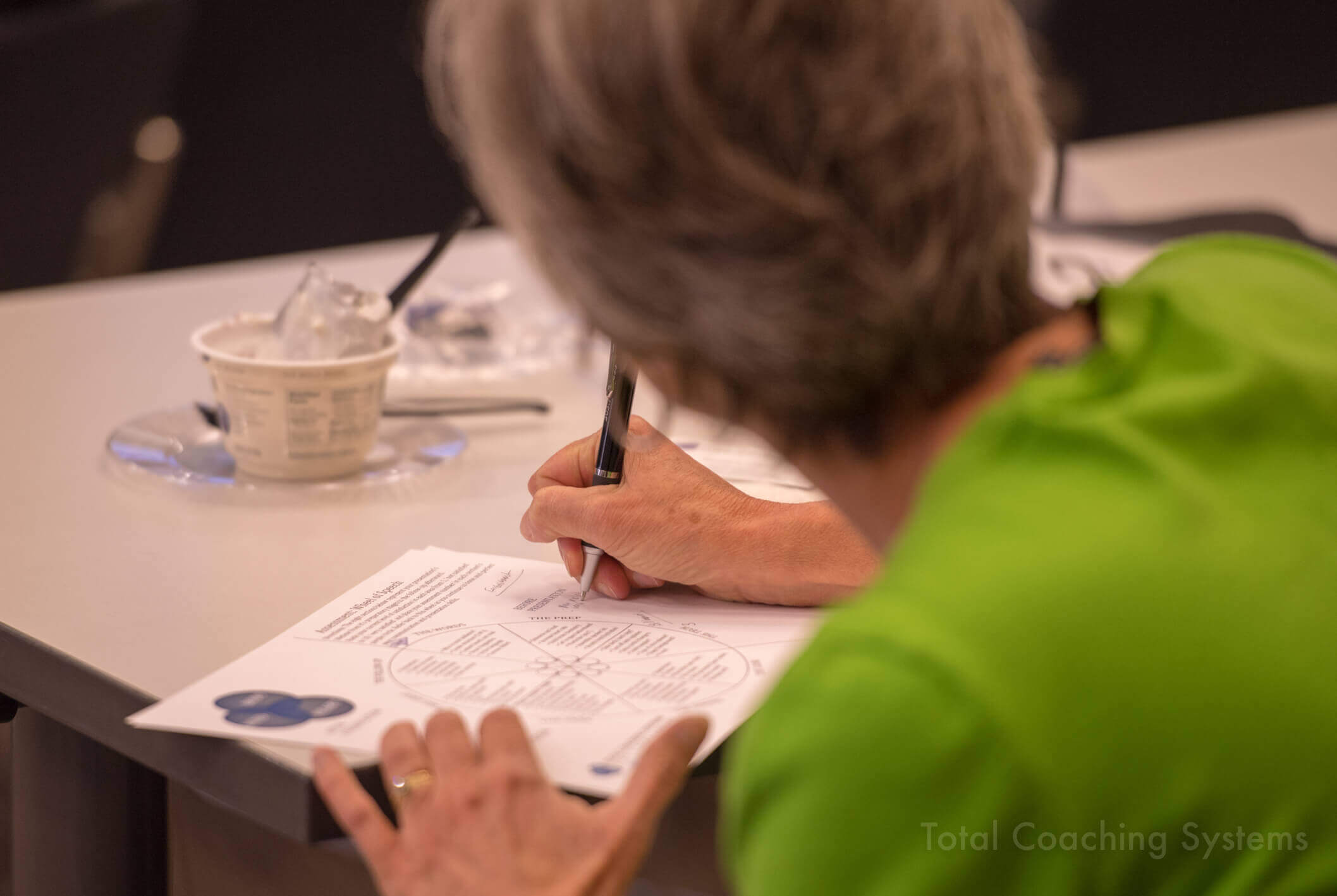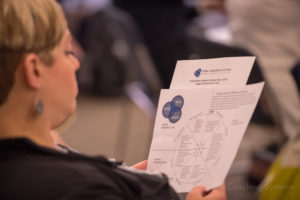I. OUTCOME
What do I ultimately want to accomplish through this communication?
If I’m successful in this communication, I will have _________________.
Are you trying to change awareness, attitude or a behavior?
Is my target outcome specific, measurable and achievable
II. AUDIENCE
Who do I need to reach in order to achieve my target outcomes? Remember to get as granular as you can about your target audience and create a representational image in your mind about who you are communicating with.
What will incentivize my target audience to pay attention to me?
What will incentivize them to change an attitude or behavior?
Do they already know the subject matter, or do I need to educate them first?
III. MESSAGE
5 minutes: Brain Dump
Write down EVERYTHING you want to communicate to your target audience.
Keep pen-to-paper the entire time—if you can’t think of anything new to write, try explaining points you’ve already written down in new and different ways.
3 minutes: Categorize Topics
Read through everything you’ve written—themes and categories should start to emerge.
Bucket each key theme together: A, B, C or 1, 2, 3.
Remember the “Rule of 3”! Can you come up with 3 main buckets?
2 minutes: Craft Summary Messages
Review each of your main buckets and combine the most important points you want to communicate into 1-sentence summaries. You should have 1 sentence for each of your buckets.
Don’t worry about crafting perfect sentences at this point—focus instead on making sure you are capturing the most compelling elements from each bucket into that summary message.
10 minutes: Polish
On a fresh piece of paper, copy over your 3 summary messages from the step above.
Spend a few minutes refining each message so it flows reasonably well (it doesn’t need to be perfect at this point). Are your messages distinct? Should any of them be combined together?
Next, read each of the messages OUT LOUD—if you find yourself stumbling over a word, try finding a simpler word to replace it with (e.g. “use” instead of “utilize”).
If it sounds awkward when you read it aloud, it will sound awkward to people listening to or reading it—can you find ways to simplify your sentence structure? Are you using an active sentence structure (subject first, then verb)?
Remember the average attention span is 8 seconds, so keep your messages concise.
Look at your 3 polished summary messages and circle the most important or impactful word or phrase from each—the essence of your main point.
Take those 3 most important words or phrases and create an overarching topline message that combines them all.
Remember, your topline message is designed to quickly and concisely capture your audience’s attention—think of it as an elevator pitch. Once you’ve captured their interest, you’ll then have 3 supporting points to hammer home your point.
SAMPLE TOPLINE MESSAGES & SUPPORTING POINTS:
TOPLINE: Acme Energy is creating a more secure, affordable and sustainable American future.
- Acme Energy is advancing technologies that will reduce U.S. dependence on imported energy sources and create a more stable and secure domestic energy infrastructure.
- Acme Energy is developing affordable, next-generation domestic energy options that will cost the same as to today’s technologies.
- Acme Energy is investing in technologies that will increase U.S. energy efficiency and decrease energy-related emissions, creating a more sustainable future for us all.




